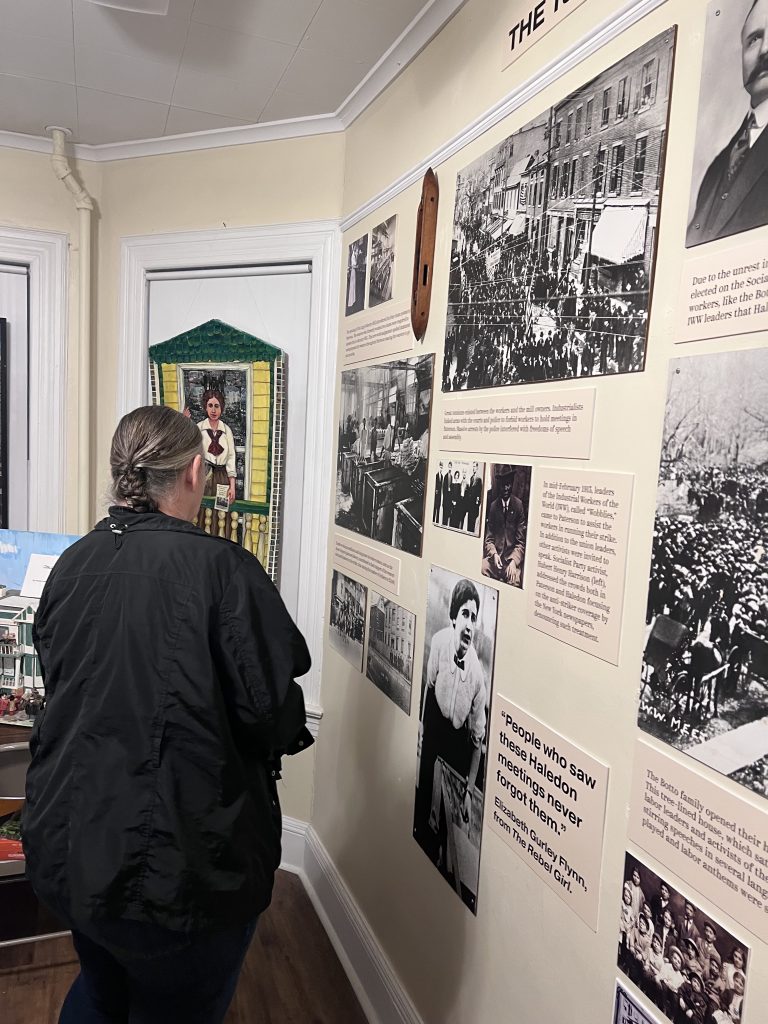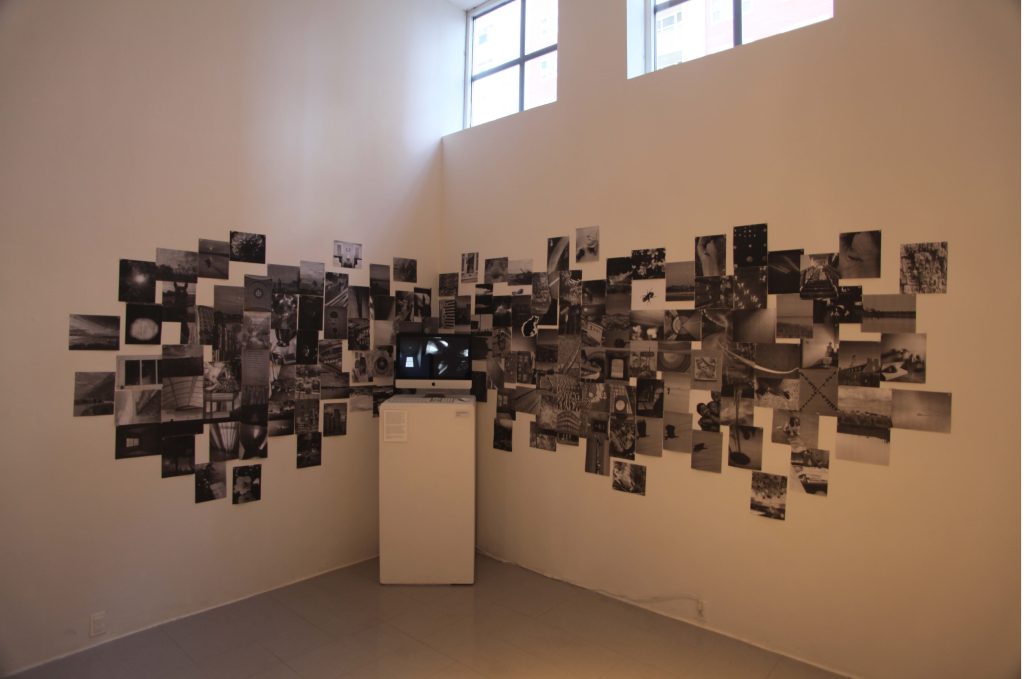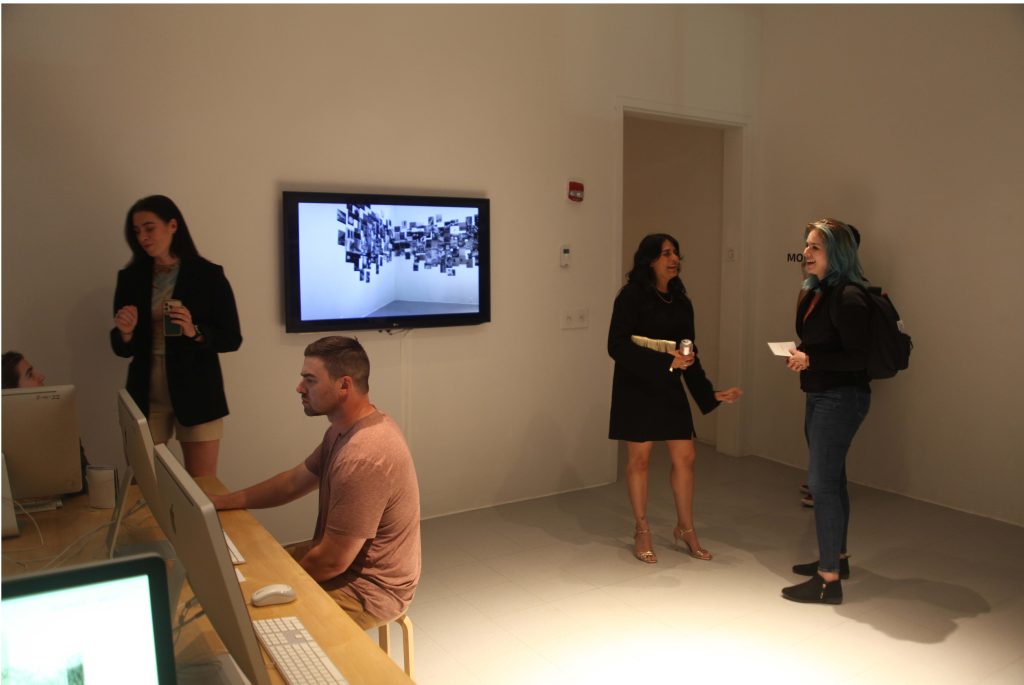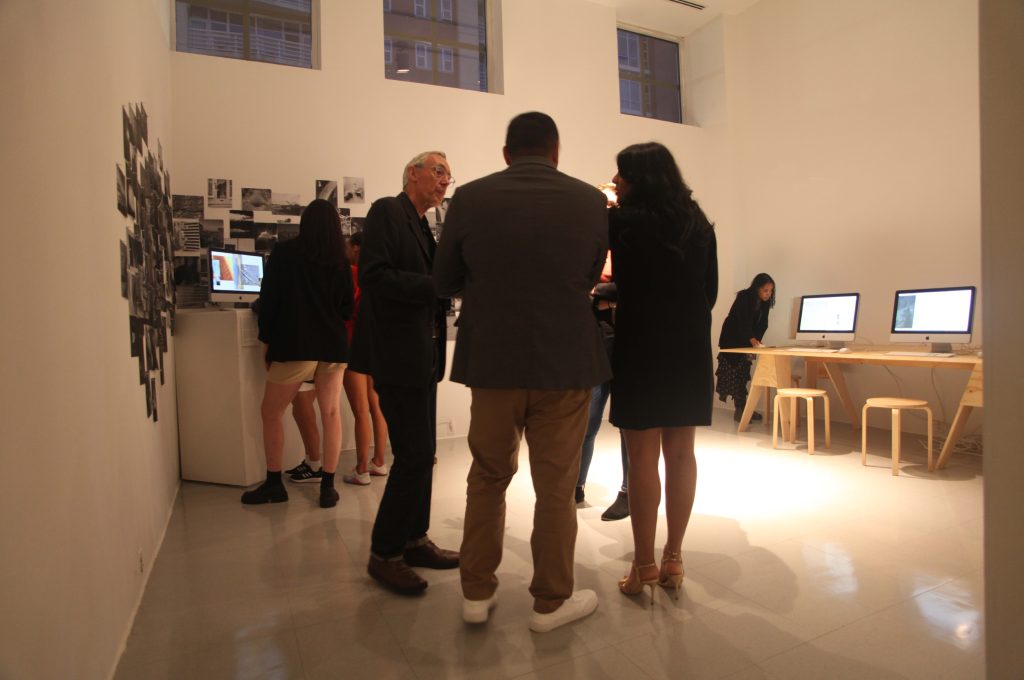https://kevingrennan.com/ https://ckp.in.ua/ https://palmswestradio.org/ https://zwischen-welten.info/ https://www.carnicasyeves.com/ https://falsificationofhistory.co.uk/ https://yvonnewelbon.com/ https://wemodernhumans.com/ https://www.aapkaconsultant.com/ https://schoolnews.com.ng/ https://www.droplinegnome.org/ https://www.dal4you.com/ https://flactorrent.ru/ https://projectsarn.org/ https://www.bauernstrasse11.de/ https://www.hcchonolulu.org/ http://karanje.org/ https://yougotithomes.com/ https://kabelbellen.nl/ https://presbyterianfreechurchesofnepal.org/ https://jacquimurray.net/ https://bbfansite.com/wp/ https://euterpe.blog.br/ https://206-club.ru/ https://redesperonismo.org/ https://mixtapes.tv/ https://romileyjoinery.co.uk/ https://passey.info/ https://anicehome.com.au/ https://viajes.net/ https://healthinsurancecompanies.co.uk/ https://www.naturalplayareas.co.uk/ https://www.manu133.org/ https://dburnett.com/ https://strawhatpictures.com/ https://dol.ajgraves.com/ https://e-interiordesignstudio.com/ https://texasstatesociety.net/ https://ozanim.org/ https://hardchor.org/ https://hardchor.com/ https://rittergut-brokeloh.com/ https://site-internet-78.com/ https://academicbowl.com/ https://enterprisefutures.net/ https://indonesian-language.net/ https://www.tcrants.com/ https://meetmarkedward.com/ https://luxuryshoesdm.com/ https://cma-ep20.myconferencenow.com/ https://thietkenhadepbaoloc.com/ https://codesquadi.com/ https://www.expertiserocks.com/ https://aidjolate.com/ https://www.xargonet.com/ https://lawnsuccess.com/ https://ipartymobile.com/ https://veldhuistrainingencoaching.nl/ https://www.nakano-kd.com/ https://africasofts.com/ https://dimnicar-starapazova.com/ https://remcostoffer.com/ https://kientaomoi.net/ https://valenciaatraccion.com/ https://www.mirailive.net/ https://mikemasi.com/ https://photolenaars.com/ https://selecttechsecurity.com/ https://xuatkhaulaodongnhatban.com/ https://v5tech.com/ https://estudioblogs.neturity.com/ https://gary.familyguy.cz/ https://www.dg.plus/ https://www.xn--12cc4e4agq8c2a8ed6ob.com/ https://instorescreen.com/ https://fanhaoran.cn/ https://www.dugoutnorthbrook.com/ https://campmocomi.com/ https://rttrentals.com/ https://www.ristorantedaroberto.com/ https://shopnerchoya.priyota.xyz/ https://www.comtesselafee.fr/ https://nevelichka-kgd.ru/ https://thanhquynhspa.vn/ https://partyfind.jp/ https://happypc35.fr/ https://store.cleanpro.asia/ https://xeoplise.com/ https://eduspace.com.br/ https://bouw-tapijt.nl/ https://hatchery.lee-norris.com/ https://dabiti.com.ar/ https://balmore.es/ https://rich2peru.com/ https://www.walcon.no/ https://kientaomoi.vn/ https://blogs.tappeti.it/ https://laurence-vauclair.com/ https://lisfloristeria.com/ https://www.berlininfarbe.de/
news
Melisa Tekin at the American Labour Museum
A busy week for our second year cohort student, Melisa Tekin, as she opened her second exhibition at the American Labour Museum in Patterson, NJ. Melisa worked on this project as an independent study throughout the Summer ’23. We asked Melisa a few questions on her experience over the summer.
Could you tell us a little bit about the American Labour Museum and what interested you to work with the museum?
The American Labor Museum (ALM) advances public understanding of the history and contemporary issues of work, workers and the labor movement throughout the world, with special attention to the ethnicity and immigrant experience of American workers. I was interested in working with the museum for a number of reasons. Its design had not been updated since the 1980’ and the museum is small and a community and union resource. This ties in with my desire to work with folks who build, create, and maintain strong alliances within their neighborhoods and professions.
What was your approach to the project as an independent study?
When I first walked into the museum, and turned left into their permanent exhibit detailing the 1913 Paterson Silk Strike, I couldn’t help but think the museum was incredibly deserving of a more clear and beautiful design to tell this very important story. I knew immediately that this would be the project I would be working on during the summer if the team at the American Labor Museum was up for it– which thankfully they were!
Talk through the design decisions you chose.
As with the work I’ve undertaken with most small nonprofits, my design decisions were built around budgetary constraints. ALM was no different. We essentially had zero budget to rework the exhibition design of the permanent exhibit. But, Angelica Santomauro, the Director of the museum, has cultivated relationships with unions and union workers for years, which came in handy for this project. Angelica called in help from the local community, and that allowed us to work with an incredible union printer and union contractor that gave me the ability to create a simple, yet dynamic design that would grab the attention of museum-goers.
Since we were not able to add a ton of interactive elements, or change the fundamental story of the 1913 Paterson Silk Strike, my design decisions were type focused. I used a bold sans serif typeface for the title and pull quotes, inspired by worker protests of the past. I chose a serif typeface for the “body” text as a nod to the history of the strike, and to ensure maximum legibility.
What were the biggest challenges throughout the project?
Aside from the budget, the biggest challenge of the project was actually the walls themselves. The museum is in an old house, and the previous exhibition was installed with large screws that created holes in the wall that could not be easily repaired. So, we had to put our heads together on install day and get crafty– we were able to cover nearly all the holes in the wall from the previous exhibit, just by shifting the grids and columns I created by .5 of an inch, for example, and placing the new content over it.
What did you learn from working in exhibition design?
I learned to be flexible and alway open to change. Designers never work in isolation, we are always part of a team. I was lucky enough to work with an incredible team on this project, and I learned that by being flexible, you can always find a way around a problem. Collaboration and community is strength, as is mutual respect for each other, even when times are frustrating. This project went well beyond design for me– I’ve created lifelong friendships and was able to make beautiful memories, because we worked together as a community, for community.



We would like to congratulate Melisa on her extraordinary work done over the summer for the American Labour Museum and look forward to seeing more work from her over the year.
Co-Curate Exhibition Open Night
Congratulations to our second year cohort who opened at their first collaborative exhibition at the Mason Gross Galleries on Thursday 13th October 2023. The cohort of Melisa Tekin, Rachel Gill, Corina Coughlan and Zamira Tennie showcased a collaborative project from their Web Projects studio class last semester, Möbius.
A running thread throughout the cohorts work is the idea of a möbius strip, a surface that can be constructed by affixing the ends of a rectangular strip after first having given one of the ends a one-half twist, it has no clear beginning or end. Navigating the second half of their grad school semester at Rutgers, as a collective, the group explored the idea that their work, paths they take, and the way they walk through the world might mimic a möbius strip.
For a collaborative project of the four artists, the cohort decided to dive into each of their photo archives and select photos that called to them, and the idea of journeying. They pinned all the photos on the wall and workshopped them to find connections, ways that we fit in a continuous loop together. The artists showed this process through a time lapse video of this collaborative process that encompasses the meaning of the work. from physical space to virtual, this culminated in the website, MÖBi, where each person drew from a compilation of the photo archives to create intersections that are visually and emotionally meaningful.





